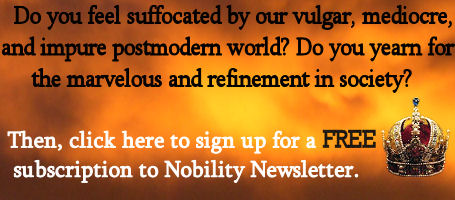Previous
 Pope Pius XII explained this situation very well in his famous Christmas Radio-Message of 1944:
Pope Pius XII explained this situation very well in his famous Christmas Radio-Message of 1944:
The state does not contain in itself and does not mechanically bring together in a given territory a shapeless mass of individuals. It is, and should in practice be, the organic and organising unity of a real people. The people, and a shapeless multitude (or, as it is called, “the masses”) are two distinct concepts.
The people lives and moves by its own life energy; the masses are inert of themselves and can only be moved from outside. The people lives by the fullness of life in the men that compose it, each of whom—at his proper place and in his own way—is a person conscious of his own responsibility and of his own views. The masses, on the contrary, wait for the impulse from outside, an easy plaything in the hands of anyone who exploits their instincts and impressions; ready to follow in turn, today this flag, tomorrow another.
From the exuberant life of a true people, an abundant rich life is diffused in the state and all its organs, instilling into them, with a vigour that is always renewing itself, the consciousness of their own responsibility, the true instinct for the common good.
The elementary power of the masses, deftly managed and employed, the state also can utilise: in the ambitious hands of one or of several who have been artificially brought together for selfish aims, the state itself, with the support of the masses, reduced to the minimum status of a mere machine, can impose its whims on the better part of the real people: the common interest remains seriously, and for a long time, injured by this process, and the injury is very often hard to heal.
The Christian Institution of the Family: A Dynamic Force to Regenerate Society, by Tradition, Family, Property Association. Pg. 32-35.






